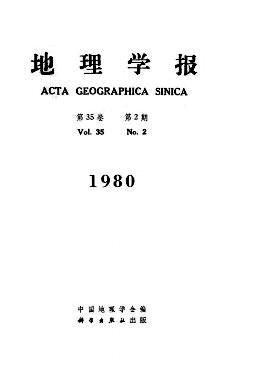Wang Jingtai, Wang Pinhsien
This paper deals with the relationship between sea-level changes and climatic fluc-tuations based on the analysis of stratigraphy, fauna and flora, archeology and radio-metric dating of the East China coastal plains and the continental shelves of Dong Hai(East China Sea) and Huang Hai (Yellow Sea) since Late Pleistocene. It concludedthat there are three major cycles of climatic changes since the last 110,000 years B.P.in East China, namely:11O,000 B.P. - 70,000 B.P., a warm stage, corresponding to the Lushan-Dali In-terglaciation;70,000 B.P. - 10,000 B.P., a cool stage, corresponding to the Dali Glaciation;10,000 B.P. to the present, the Post-Glacial stage, a stage of rewarming.Within three major stages, some climatic oscillations are recorded, i.e., cool sub-stages in warm stages or warming substages in cold stages. The general trends of clima-tic changes in East China conform to those of the European and American continents,as well as to the climatic changes in the oceans indicated by oxygen isotope and othertechniques.During the past 110,000 years regression occurred twice over the continental shel-ves of the Dong Hai and the Huang Hai. On the coastal plains of East China traced outthree transgressions. They are the Asterorotalia Sea transgression of 110,000-70,000years B. P., the Pseudorotalia Sea transgression of 44,000-25,000 years B.P., and theAmmonia Sea transgression which started at about 14,000 years B.P. and re-ached its maximum at 6,000 years B.P. The rate of Late Quaternary tec-tonic subsidence in East China is estimated at 0.6-1 mm/year, it is very slow in respectto the sea-level fluctuation rate of 6-9 mm/year. Consequently, the sea-level changesobserved here were controlled by sea-level change of the world and were only slightlyinfluenced by tectonics.The similarity of the sea-level change curve to the paleoclimatic curve points to aclose correlation of sea-level rising with climatic warming, and sealevel dropping withcooling. Therefore, the essence of the sea-level changes in East China is the climatic-sea-level changes of the world.
